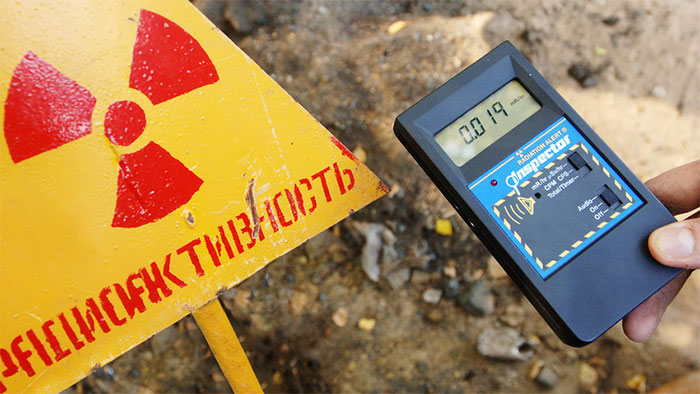Russian scientists develop coating that minimizes the risk of radioactive leaks
According to research results published in the journal Materials Letters, scientists from Russia's Tomsk Polytechnic University (TPU) have found a solution to minimize the risk of radiation leakage - removing a radioactive leak. one of the most pressing problems facing the world's most popular nuclear reactors today.
Scientists have developed a coating for fuel rod casings in nuclear power plant reactors, which greatly increases corrosion resistance and almost eliminates the risk of radioactive leaks. .

The newly developed coating is highly reliable, environmentally friendly.
The nuclear fuel rod is the main part of a nuclear reactor, inside which radioactive fission takes place. According to TPU scientists, in an emergency, when the temperature in the core of the reactor rises too high - known as 'nuclear fusion', the water vapor reacts with the zirconium coating of the rod. could lead to radioactive leakage. During the reaction of zirconium with water vapor, extremely flammable hydrogen is released; then, the shells easily lose their properties and there are gaps that lead to leaks.
Therefore, the scientists created a special coating, of silicon carbide, on the surface of the crust to prevent similar situations. The newly developed coating is highly reliable, environmentally friendly and saves production costs, as well as having a very simple coating.
Professor Andrey Lider in TPU's Department of Experimental Physics shared that the team of experts has been working on ways to modify the surface structure of different zirconium materials used in fuel rods. Testing has proven that the new coating developed by the team provides increased protection against mechanical damage that may occur during operation.
The scientists further explain that the silicon carbide coating has high temperature resistance and excellent anti-corrosion performance. TPU experts have identified the optimal use modes of this material, allowing the creation of a coating with low porosity, durability and high adhesion to the surface of the zirconium alloy.
In addition, during the study, TPU scientists used ultrasound tomography for the first time to monitor the condition of the protective coating of zirconium materials. The authors believe this approach could become an important element in safety systems at nuclear power plants.
In the future, the team intends to continue to improve the new coating, test for corrosion and conduct mechanical tests, as well as develop methods of applying the coating to products with complex geometries. complex.
- Detection of radiation leaking from Russian submarines at the bottom of the Arctic
- Radioactive leaks in eastern Japan
- Radioactive leaks at nuclear power plants in France
- Detecting mysterious radioactivity scattered throughout Europe
- Leakage of radioactive waste in six US tanks
- Radioactive substances from Japan travel around the world
- 60 billion bq of radiation leaks into the Pacific every day
- New paint against chemical weapons
- The most toxic nuclear facility in the United States
- New hope in treating radiation-infected patients
- This coating will prevent objects from being destroyed
- Radiation leaks at nuclear power plants
 The US company is about to build a supersonic passenger plane of 6,000km / h
The US company is about to build a supersonic passenger plane of 6,000km / h Japan develops avatar robot as in fiction film
Japan develops avatar robot as in fiction film Australia tested the world's first mango picking robot
Australia tested the world's first mango picking robot America develops technology to separate water from animal waste
America develops technology to separate water from animal waste